Practice the AP 9th Class Social Bits with Answers Chapter 7 Industries in India on a regular basis so that you can attempt exams with utmost confidence.
AP State Syllabus 9th Class Social Bits 7th Lesson Industries in India with Answers
Choose the correct answer.
Question 1.
India began many initiatives to promote industrial activities after …………..
A) 1957
B) 1947
C) 1967
D) 1937
Answer:
B) 1947
Question 2.
Since independence, the electricity production has increased ………… times.
A) 50
B) 100
C) 150
D) 200
Answer:
B) 100
![]()
Question 3.
Organised manufacturing units operating in India today
A) nearly 2 lakhs
B) nearly 5 lakhs
C) nearly 9 lakhs
D) nearly 10 lakhs
Answer:
A) nearly 2 lakhs
Question 4.
Yarn is obtained from
A) paddy
B) sugarcane
C) cotton
D) all of these
Answer:
C) cotton
Question 5.
Roads, transport, communication, etc. are called
A) Industrial sector
B) Agriculture sector
C) Infrastructure
D) All of these
Answer:
C) Infrastructure
Question 6.
Major producer of employment in the country is
A) Industry
B) Service sector
C) Agriculture
D) None of these
Answer:
C) Agriculture
![]()
Question 7.
The industry that is not agro-based
A) Cement
B) Textile industry
C) Sugar industry
D) None of these
Answer:
A) Cement
Question 8.
The first oil mill was founded in
A) Delhi
B) Kolkata
C) Mumbai
D) Bengaluru
Answer:
C) Mumbai
Question 9.
Which of the following is not a basic industry?
A) transport
B) machine
C) electricity
D) chemical
Answer:
D) chemical
Question 10.
……………. industry occupies unique position in the Indian economy.
A) Automobile
B) Cement
C) Fertiliser
D) Textile
Answer:
D) Textile
![]()
Question 11.
Today India has ……………. cotton and manmade fibre textile mills.
A) 1750
B) 960
C) 1600
D) 1200
Answer:
C) 1600
Question 12.
Identify the odd one
A) Spinning
B) Smelting
C) Ginning
D) Weaving
Answer:
C) Ginning
Question 13.
India exports yarn to ………..
A) Bangladesh
B) Japan
C) Pakistan
D) USA
Answer:
B) Japan
Question 14.
There are about ………….. jute mills in India.
A) 60
B) 80
C) 70
D) 90
Answer:
C) 70
![]()
Question 15.
Leading Jute producer in India is
A) West Bengal
B) Odisha
C) Uttar Pradesh
D) Bihar
Answer:
A) West Bengal
Question 16.
Identify the odd one
A) Bagasse
B) Khandsari
C) White Sugar
D) Jaggery
Answer:
A) Bagasse
Question 17.
India ranks among crude steel producers worldwide.
A) 10th
B) 9th
C) 8th
D) 11th
Answer:
B) 9th
Question 18.
We entirely import element/compounds.
A) Phosphate
B) Nitrogen
C) Potash
D) Ammonium
Answer:
C) Potash
Question 19.
Fertiliser corporation of India Hazira is in ………..
A) Tamilnadu
B) Bihar
C) Uttar Pradesh
D) Gujarat
Answer:
D) Gujarat
![]()
Question 20.
The first cement plant in India was set up in ………….
A) 1908 in Chennai
B) 1904 in Chennai
C) 1908 in Mumbai
D) 1904 in Mumbai
Answer:
B) 1904 in Chennai
Question 21.
………………. industry has experience quantum jump in 15 years.
A) Cement
B) Fertiliser
C) Chemical
D) Automobile
Answer:
D) Automobile
Question 22.
Expand BPO
A) Business Promotion Organisation
B) Business Processes Outsourcing
C) Business Processes Operations
D) Business Promotion Operations
Answer:
B) Business Processes Outsourcing
Question 23.
In India made new policy for industries.
A) 1980s
B) 2000s
C) 2010s
D) 1990s
Answer:
D) 1990s
![]()
Question 24.
Largest exporter of Jute in the world is
A) India
B) Bangladesh
C) Pakistan
D) Italy
Answer:
B) Bangladesh
Study the table and answer the questions 25 – 27.
| S.No. | Mineral industries | Mineral / agro based | Location |
| 1. | Iron ore | Iron & Steel | Visakhapatnam |
| 2. | Limestone | Cement | Nalgonda |
| 3. | Bauxite | Aluminium | Vijayanagaram |
| 4. | Mica | Electrical and Electrons | BHEL, Hyderabad |
| 5. | Graphite | Lead pencils | Mumbai |
Question 25.
Which raw material is required for the cement industry?
A) Aluminium
B) Lead
C) Zinc
D) Limestone
Answer:
D) Limestone
Question 26.
Graphite is used in …………
A) Pencils
B) Pens
C) Slates
D) Slate Pencils
Answer:
A) Pencils
![]()
Question 27.
Which mineral is used in Electronics industry?
A) Gypsum
B) Limestone
C) Mica
D) Bauxite
Answer:
C) Mica
Observe the map and answer the questions given below.
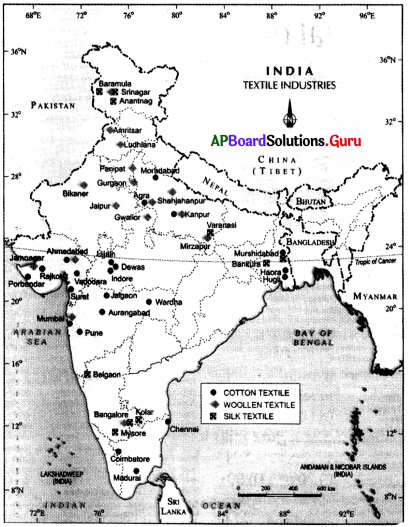
Question 28.
In which state Gurgaon and Panipat are located?
A) Haryana
B) Karnataka
C) Kerala
D) Assom
Answer:
A) Haryana
Question 29.
Name the south Indian state famous for silk textile.
A) Karnataka
B) Tamilnadu
C) Andhra Pradesh
D) Tripura
Answer:
A) Karnataka
![]()
Question 30.
The city which is called the capital of electronics
A) Hyderabad
B) Bangalore
C) Delhi
D) Chennai
Answer:
B) Bangalore
Question 31.
Highest sugar producing state in India is
A) West Bengal
B) Uttar Pradesh
C) Gujarat
D) Andhra Pradesh
Answer:
B) Uttar Pradesh
Question 32.
Which of the following is Eco – Friendly?
A) Nylon
B) Polyester
C) Rayon
D) Jute
Answer:
D) Jute
Question 33.
The Industry that is not agro based
A) Tea Manufacturing
B) Iron & Steel
C) Sugar Industry
D) Jute Industry
Answer:
B) Iron & Steel
Question 34.
Raw material used in Aluminium
A) Copper
B) Zinc
C) Bauxite
D) Lead
Answer:
C) Bauxite
![]()
Question 35.
Factor for concentrated Jute Textiles Industry in West Bengal
A) Inexpensive water transport
B) Proximity of the Jute producing areas
C) Port facilities
D) Above all
Answer:
D) Above all
Question 36.
India’s first cement industry was setup in
A) 1905-Mumbai
B) 1906-Chennai
C) 1904-Chennai
D) 1906-Mumbai
Answer:
C) 1904-Chennai
Question 37.
India stands in which place as a world producer of sugar
A) 4th
B) 3rd
C) 2nd
D) 6th
Answer:
C) 2nd
Question 38.
Identify the industry based on the features given below.
i) This is the basis for the second most important metallurgical industry in India.
ii) This metal is light and is resistanyo corrosion.
iii) This metal is used in manufacturing aircraft.
A) Iron and steel industry
B) Cement industry
C) Copper smelting industry
D) Aluminum & melting industry
Answer:
D) Aluminum & melting industry
![]()
Question 39.
It is light resistant to corrosion good conductor of heat. It is used to manufacture aircraft utensils and wires.
The above sentences are relating to which of the following Metal?
A) Chromium
B) Aluminum
C) Phosphate
D) Manganese
Answer:
B) Aluminum
Question 40.
The largest producer of Jaggery in the world is:
A) India
B) China
C) Pakistan
D) Bangladesh
Answer:
A) India
Question 41.
The largest producer of raw Jute and Jute goods in the world :
A) Sri Lanka
B) Bangladesh
C) England
D) India
Answer:
B) Bangladesh
![]()
Question 42.
Which among the following is a rising problem in the context of industrialization?
A) Lack of technology
B) Environmental pollution
C) Employment generation
D) Lack of investment
Answer:
B) Environmental pollution
Question 43.
A discussion class is goihg on an issue in 9th class.
Raju arguing “Industries are neces-sary for development of a country. It provides employment and production of different good which is useful to our daily life
Savithri said “Industries are necessary but it causing pollution and also decreasing natural resources. Industrilization many leads to capitalization too….” From the above, what is the main theme in their discussion?
A) Results at Industrial development.
B) Environmental pollution
C) Time and Value
D) Decreasing Natural resources
Answer:
A) Results at Industrial development.
Question 44.
“All of us must use jute products instead of synthetic products”.
A) Yes. We must use jute products because they are ecofriendly.
B) Yes. We must use jute products for the sake of farmers who cultivate jute.
C) We must use only synthetic products because they are cheap.
D) No. This is not correct.
Answer:
A) Yes. We must use jute products because they are ecofriendly.
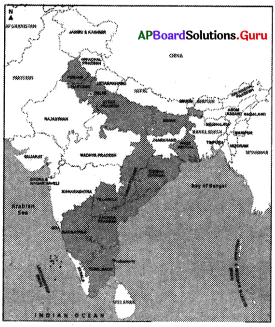
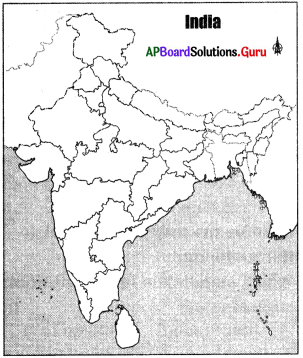
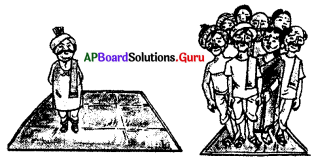
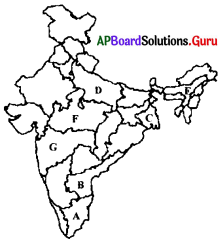
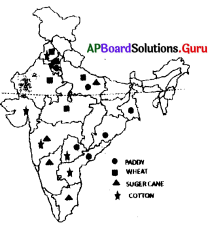
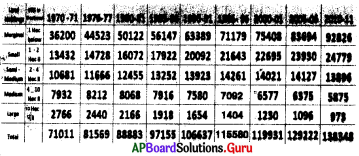

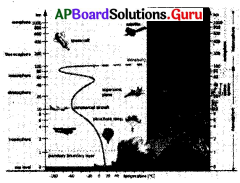
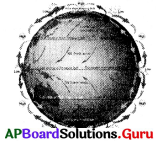
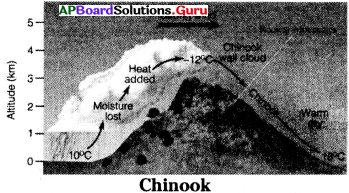
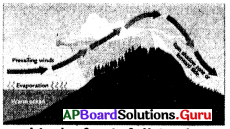
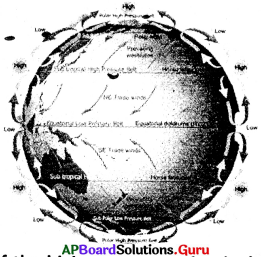
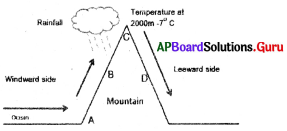
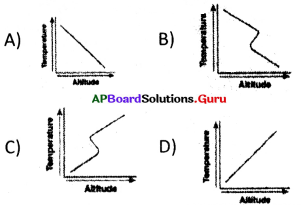
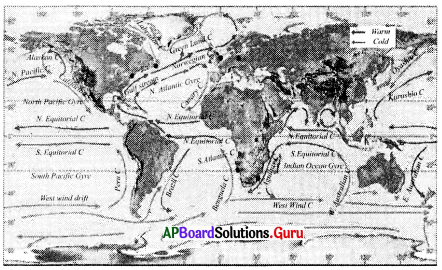
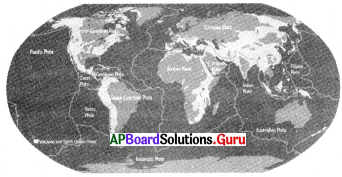
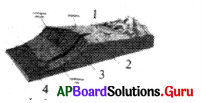
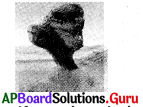
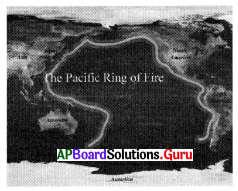
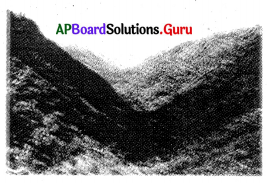
 = ……………….
= ………………. = ………………
= ………………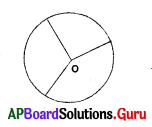
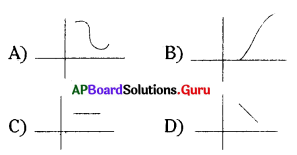

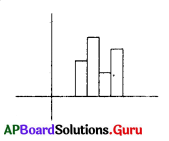
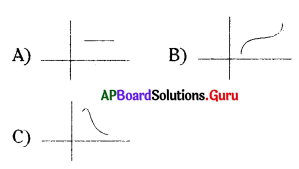
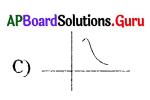
 | represents ………………….
| represents ………………….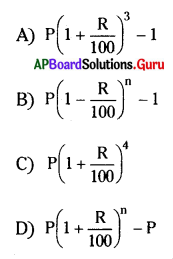

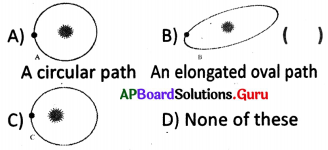
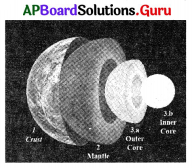
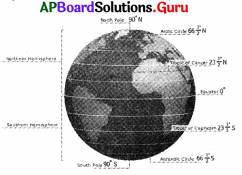

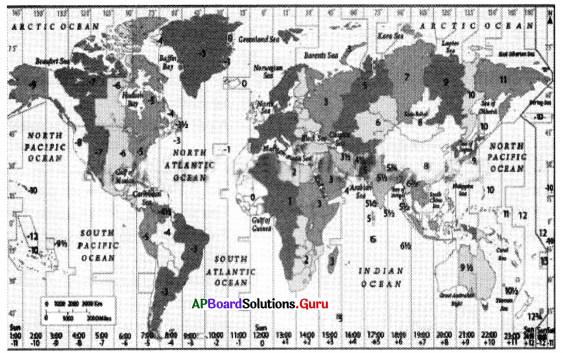
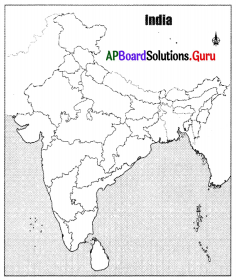
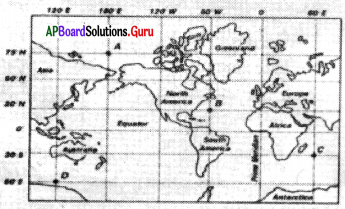
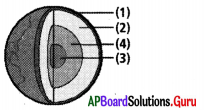

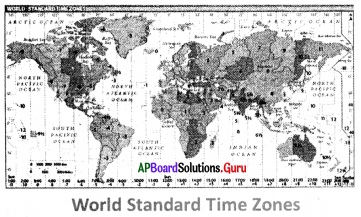
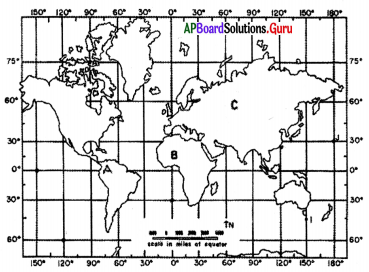
 = …………………
= ………………… = ………………..
= ………………..